Sergey Maslekhin: ‘Now businesses’ task is to make what cannot be bought abroad’
The head of a committee of Tatarstan’s Chamber of Commerce and Industry about the reasons for the criticism of industrial parks and problems of unfilled sites
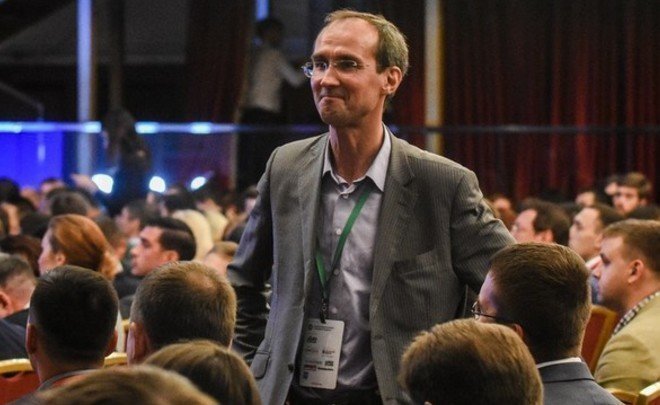
The performance of industrial parks aimed to attract investments in Tatarstan’s economy have been harshly criticised by the administration of the republic in the last years. Tatarstan Rais Rustam Minnikhanov has criticised them for their low occupancy rate this year — parks of some municipalities have just one resident. Head of the Committee for the Development of Industrial Sites and Parks of the Tatarstan Chamber of Commerce and Industry Sergey Maslekhin talks about the reason and what investors should bet on today in an op-ed column for Realnoe Vremya.
Russia doesn’t have a universal formula to assess industrial parks
Priority Socio-Economic Development Areas (PSEDA) continued scotching the development of Tatarstan industrial parks last year by poaching the last investor and the last staff from industrial sites and parks in municipalities. In fact, we still see this trend now. This is why it is still tough for industrial parks and industrial sites in municipalities and their dynamics aren’t high.
For example, why do people move from the countryside to the city? The answer is obvious: the city has more material comforts, the labour is easier and it is simpler to find staff, there are more workers, there is developed infrastructure. Investors implement projects where there are more preferences just like people who look for an easier and better life. Clearly, there are more preferences in cities with PSEDAs even though labour in cities is more expensive, energy expenses and even land are costlier. As a consequence, investors (residents) of industrial parks in municipalities stop investing money and developing their projects on the territory of industrial parks. Obtaining the status of PSEDA resident in a monotown together with all benefits and support, they transfer their business to the so-called priority development area.
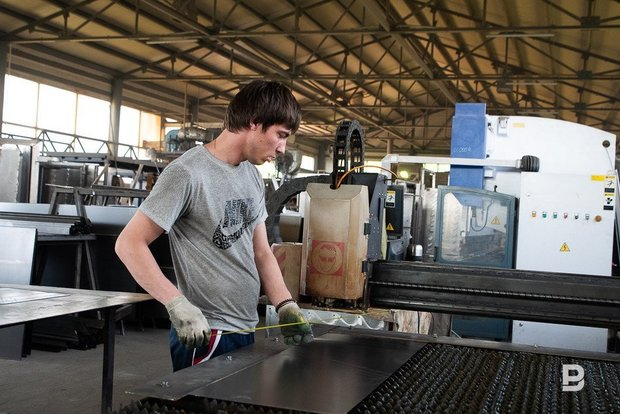
At the same time, the investment climate in Tatarstan is considered to be favourable compared to other Russian regions. The big picture across Russia is hard to estimate, since every institution goes by declarations, some metrics: the Ministry of Industry has its own methods, the Ministry of Economy’s are a bit different, the Agency for Strategic Initiatives uses other, governors and other structures have some KPI indicators. As far as I am concerned, different efficacy evaluation methods started to be used for industrial parks: the occupancy rate, number of residents, but the consensus hasn’t been reached because all this is quite relative and in the end any method can be questioned and criticised.
This is why the country doesn’t yet have a universal formula or integral method that would assess the operation of industrial parks. The SME Corporation, the Association of Industrial Parks, the Agency for Strategic Initiatives, moreover, ministries haven’t designed such yet. Everyone determines efficacy according to one’s input data: the Ministry of Economy defines SME indicators, jobs, natural GRP growth. And nobody knows how our industrial parks develop in fact, nobody can say.
Demand for ready industrial territories grow from investors
The development programme of industrial parks and sites started to be actively implemented in Tatarstan in 2014. Today 37 municipalities of the republic have about 90 industrial parks and sites where about 1,500 residents do their projects, there are jobs for 55,000 people.
The list of the most effective includes industrial parks in the suburbs of Kazan — Kazan agglomeration — and Naberezhnye Chelny — Zakamye agglomeration that includes parks in Mendeleyevsk, Yelabuga and Nizhnekamsk besides Chelny. Of course, their close location to the big industry plays a role here. Everything is much more modest in the southeast of the republic.
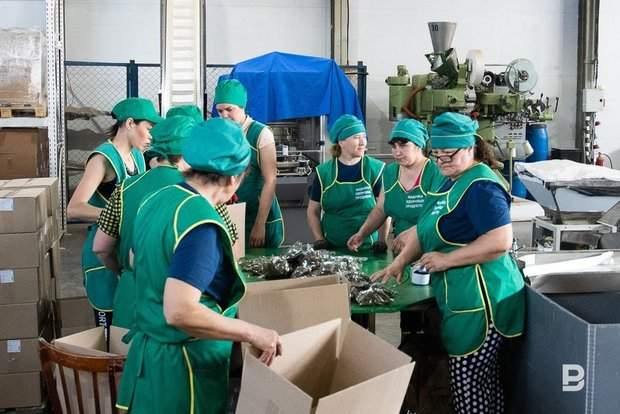
One shouldn’t forget the ongoing urbanisation, which affects in the industry too.
Let’s take Kazan, some industrial zones appear around the capital here because it becomes uninteresting to develop in the city and it is forbidden or there aren’t deliberately designed facilities for this.
This is why the demand for ready industrial territories and buildings/facilities with the necessary infrastructure for activity around Kazan — Laishevo and Zelenodolsk districts, Pestretsy District to some degree — is growing from investors. When people want to live and work outside the Tatarstan capital, moreover, not far from Kazan, and run a business at the same time.
Some processes today are linked with deindustrialisation of the city’s districts on Adel Kutuy, Rodina streets and their industrial area. Housing will develop there, different services and the industrial territory are moving out of there.
There is another example of relocation. Also, people and businesses traditionally move from Prikamye and Zakamye areas, southeast zones to Kazan. Consequently, urbanisation is underway in municipalities around Chelny with a vector to the city. The urbanisation of the Almetyevsk industrial zone is also focused on Almetyevsk and reduction of the oil and gas administration. As we see, natural geoeconomic processes are taking place in this direction today.
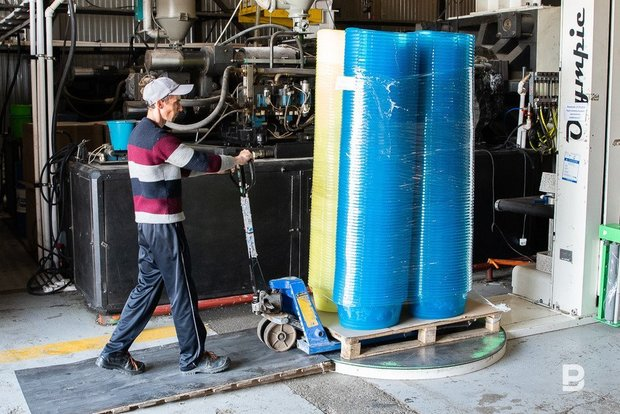
Resident’s request dramatically changed and got complicated as well as a businessperson’s profile
It is noteworthy that the demand for prepared territories doesn’t have abrupt ups and downs and has an evolving character. But the consequences of 2020-2022, given the crises in 2008-2009 and 2014-2015, led to a change in the resident’s profile. In other words, the number of developers who were considered for Alabuga or Chistopol turned out to be small. Mainly the share of tenants who look for areas suitable for their business areas is growing now compared to the number of developers who, so to speak, just need to be given land — they will do it all themselves. The case is that the investment bill has notably decreased in the last years.
The second trend is that the resident’s request has dramatically changed and got complicated. If earlier they asked for land and laid all networks themselves, then they asked for land with networks, then they asked for land with networks, tax benefits, infrastructure, now the request is more sophisticated. A resident needs a financial shoulder, a warehouse shoulder to store feedstock or finished products, the staff problems makes itself known, and now residents choose a territory not only because there is a ready facility or infrastructure. Those who take all these issues smartly, choose the areas from a perspective of staff availability and, for instance, electrical energy tariff. What does staff availability mean? Firstly, it is their presence, the total cost of employment including adaptation, training and maybe some relocation (mainly white collars). This is why the task of industrial park development became more complex.
Many investors started to be good at many economic issues, learn how to count money, calculate the influence of different factors on a business and a project’s economy. To choose certain location now, a multifactor analysis has to be done, some model has to be verified, the impact of factors has to be taken into account — what matters for a certain economy of the project for you. This is tough.
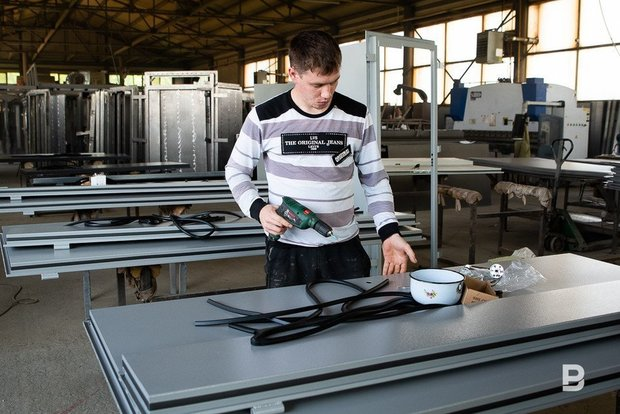
Also, the businessperson’s profile changed too: previously, a business was created by technocrats, then a more successful business appeared thanks to marketing experts, entrepreneurial financial literacy grows step by step and economists joined the business at some point. This is why a realtor is asked where it is cheaper for a reason — to learn many other components.
For instance, the Chelny business industrial world — they have another situation, they were tuned for cooperation from the very beginning. Kazan businesspeople are completely different — it is another business world, they have their own model of running a business. If we consider the segments residents enter industrial parks with, the uneven operation of KAMAZ in Chelny forced a number of enterprises to use a diversification strategy, that’s to say, not to have a big portfolio of orders of the lorry giant, in other words, you either you a hundred per cent for it or you are diversified. This is why today Chelny industrial parks have different areas, not necessarily the production of car components.
Any sector is an uncharted territory of opportunities, come and do
If we have a look at the situation this year, it is hard to forecast where and what projects will develop rapidly and what, in contrast, won’t be in demand. Given thousands of sanctions now, the exit of foreign companies from the Russian market, the task for Russian businesses is clear — make what cannot be bought abroad, and what can be done with the help of their R&D centres. I mean innovations, independence from imports and technological sovereignty.
In a word, people who have potential for innovations start to work and replace imports starting with some simple things that cannot be purchased from unfriendly countries to quite serious products, for instance, in software, programmes and electronics. This process is obvious, consequently, everybody is interested in one question: “Is this trend going to stay with us forever?” If so, we seriously start dealing with import substitution, but if everything calms down and previous foreign links are restored, we’d rather sit out and buy something through parallel import but we aren’t going to make something ourselves.
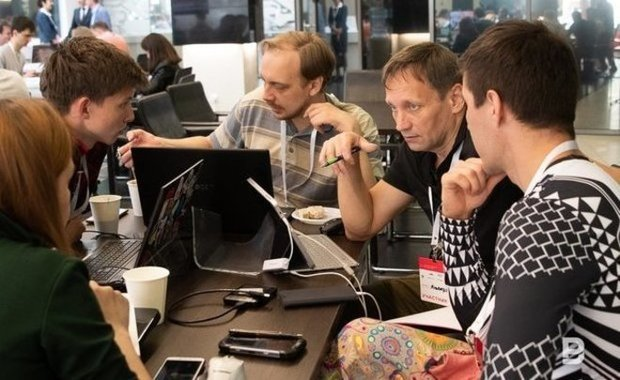
Now it is been pretty clear that we aren’t going to return to normalcy. This is why a business had been waiting for this signal, that everything was serious, they needed to replace imports with their products and develop technological immunity. As for the sectors, any of them is an uncharted territory of opportunities, come and do. If one examines the latest plans of the Ministry of Industry and Trade in import substitution, it spells out that it is necessary to make what you cannot buy in Europe or in the West, but increase localisation with a high quality. If yesterday imports totalled 80%, tomorrow this indicator needs to decrease to 75%, by another 5% in two days and move in this direction.
As for more details, sectors and areas — it is thorough analytics perhaps neither the National Agency for Financial Studies nor Alexey Kudrin have. In general, what annual forecasts there can be today, we should live for a month, six months and then till the end of the year, understand when the special military operation is over, when sanctions will gradually start being lifted and if this will happen in general. This is how we are living. Moreover, we won’t see the ongoing trend for a fall in Russia’s economy and industry that began in 2021 and aggravated in 2022. Likely only 2024-2025 when all safety cushions are gone will show how something will abruptly fall and the Russian market will change, how all links of the chain will change.
Reference
The author’s opinion does not necessarily coincide with the position of Realnoe Vremya’s editorial board.